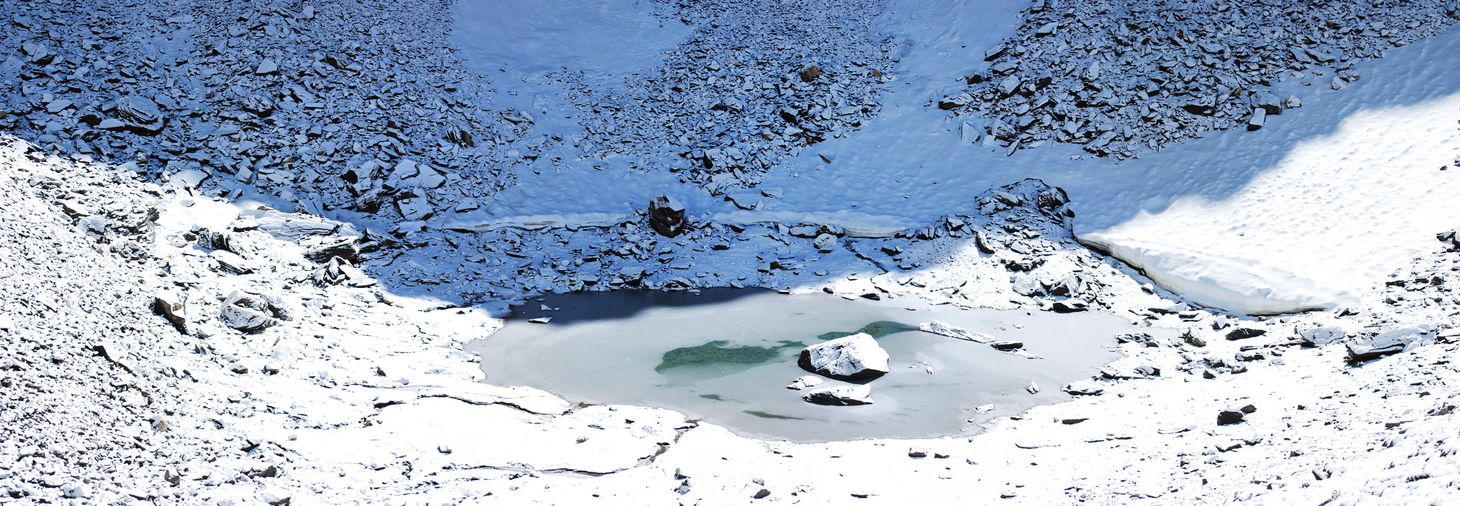Blog articles
Lecture: How Homo naledi matters to our origins
A lecture in 2020 covering some of the latest research and new questions arising from the Rising Star cave system.
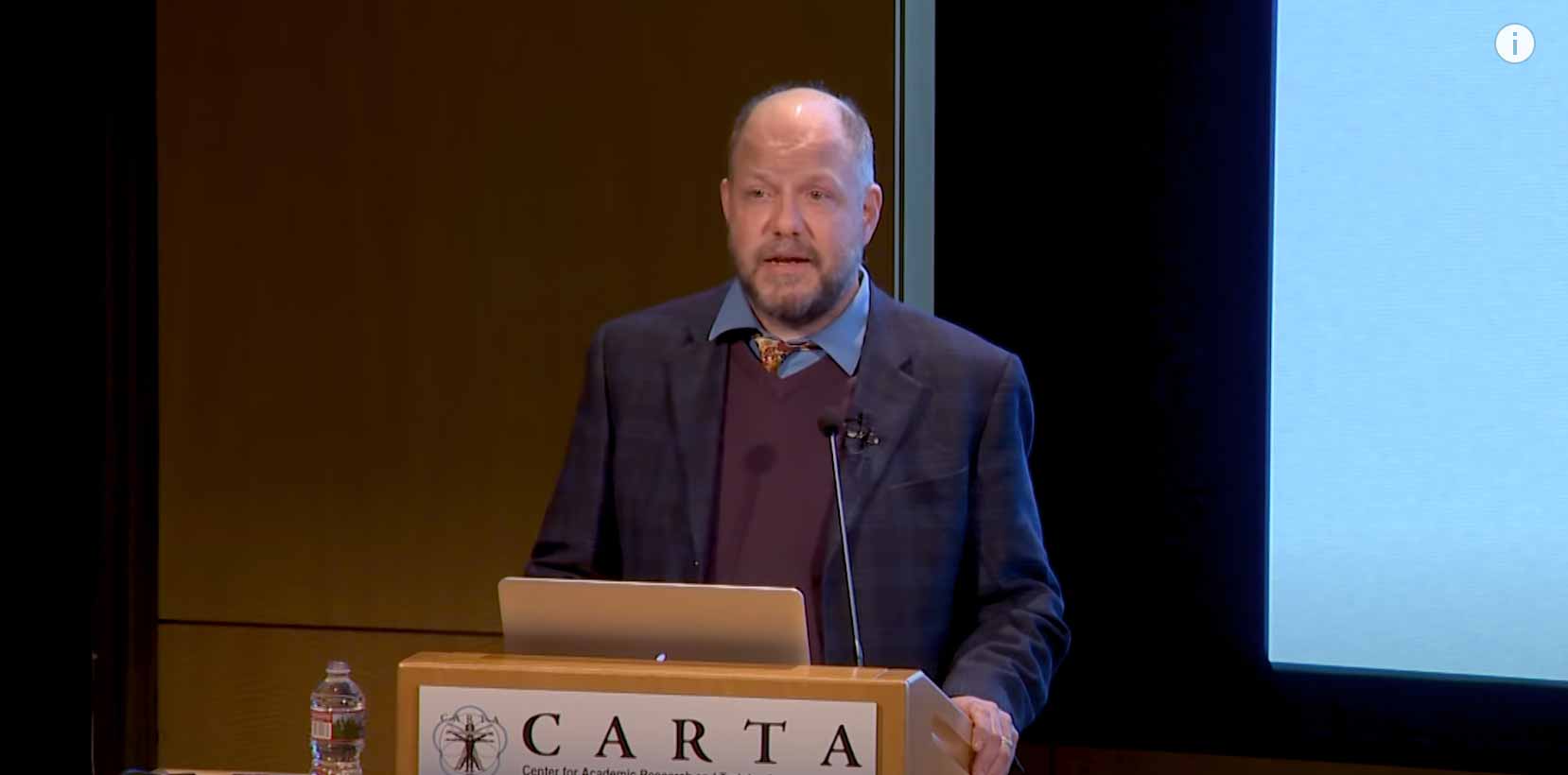
Research highlight: Introducing a juvenile skeleton of Homo naledi
We put together excavation records, 3D imagery, and laboratory analysis of bones and teeth to understand the preservation of a skeleton from the Dinaledi Chamber.

How old is the "early Homo sapiens" skull from Florisbad?
Introducing a new preprint in which I examine critically the evidence for a skull thought to be contemporary with Homo naledi.
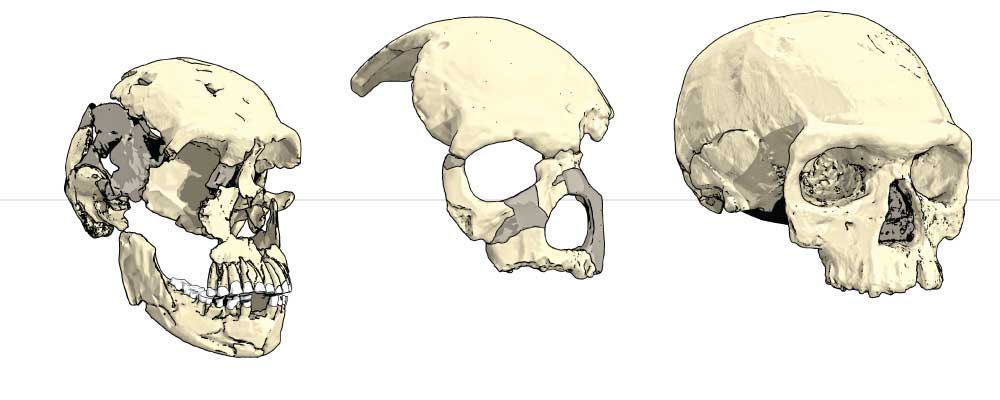
Cooking rhizomes in the Middle Stone Age
Border Cave has exceptional preservation of plant remains, giving a window into the diets of hominins.

Part of a Denisovan mtDNA resides in the nuclear genomes of many living people
A paper last week by Robert Bücking and coworkers trawled through the recently-sequenced Indonesian Genome Diversity Project dataset looking for snippets of mitochondrial DNA (mtDNA) that have been inserted into the nuclear genome. These snippets, called “NUMTs”, arise every so often as a result of DNA transfer from the mitochondrion
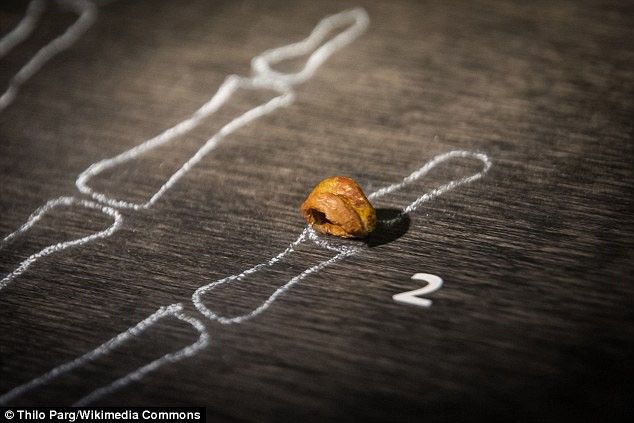
Did Acheulean hominins have long-distance obsidian trade?
I review several papers looking into the occurrence of obsidian artifacts in the Acheulean of eastern Ethiopia.
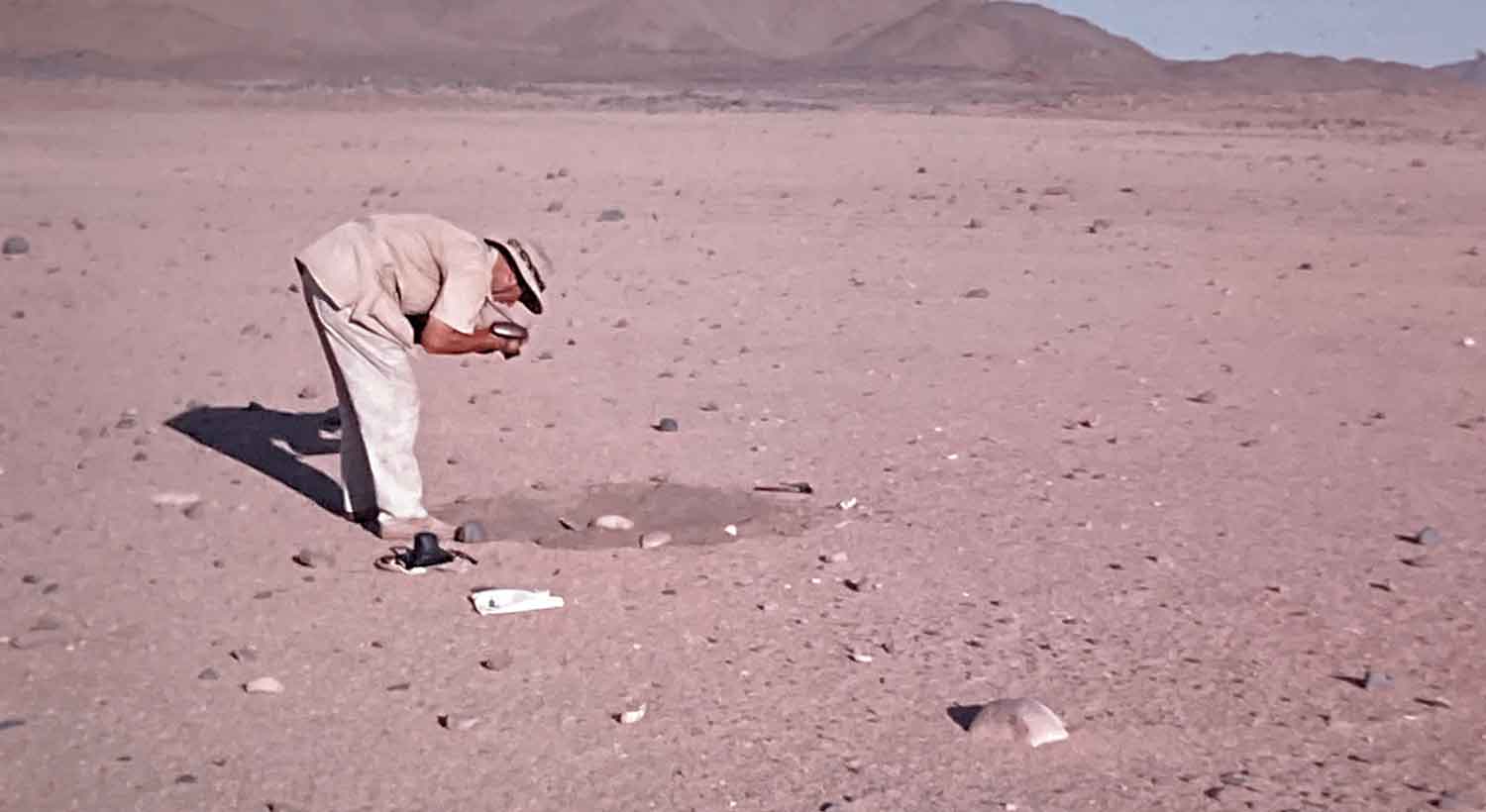
Denisovan traits bring up the old problem of understanding morphological continuity
A paper by Shara Bailey and coworkers suggests that three-rooted lower molars are diagnostic of population mixture from Denisovans.
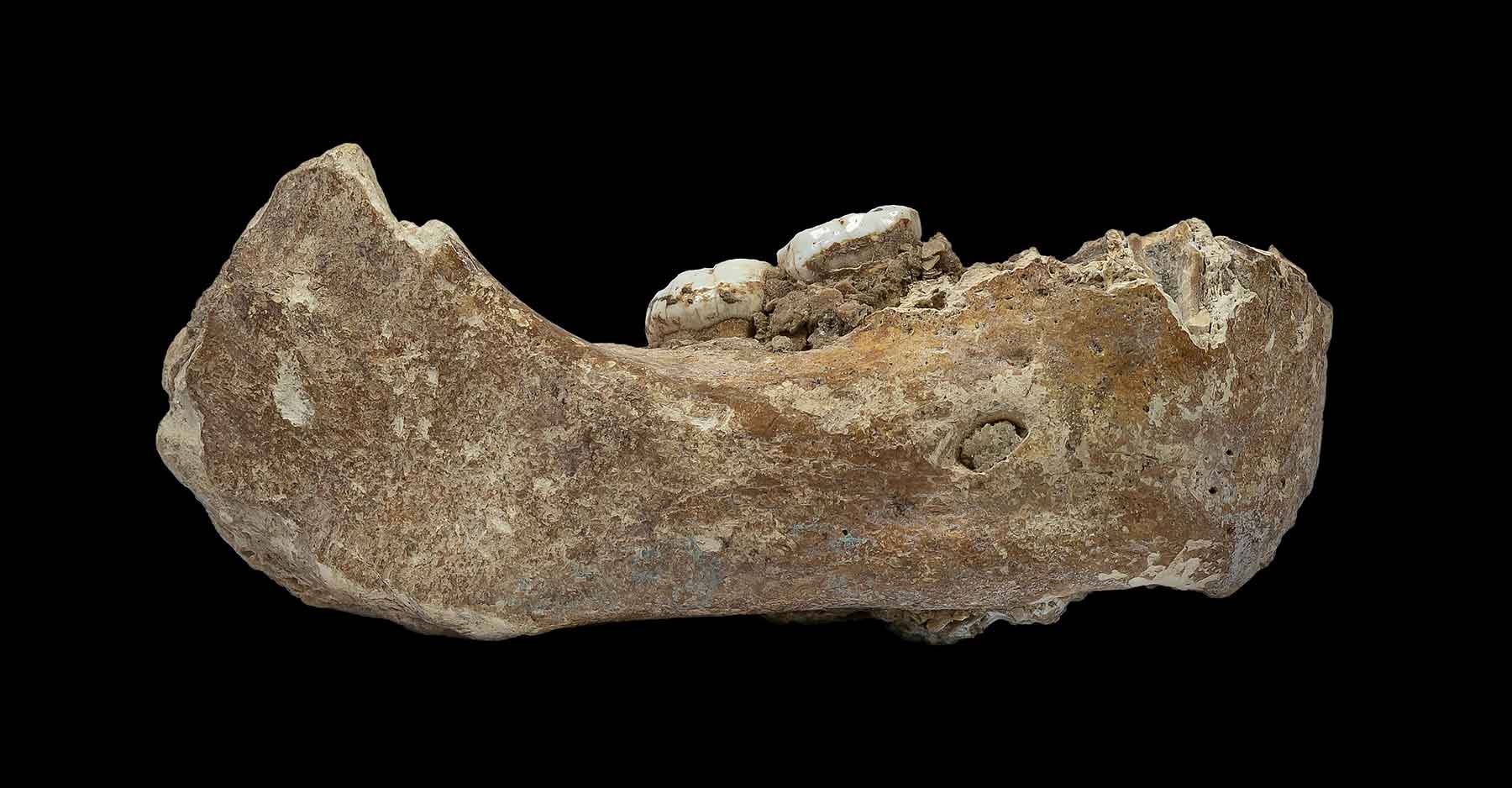
Research highlight: Use ancient remains more wisely
In this contribution, Keolu Fox and I consider what is necessary to build a sustainable science of ancient DNA.

Recounting the repatriation of aboriginal remains from Lake Mungo
Reacting to a feature article from Smithsonian magazine that followed the reburial of a 42,000-year-old human skeleton.

Geneticists work to understand how skeletons wound up in a mysterious Himalayan lake
Reviewing new work that reveals migrants from several historic periods in the skeletons surrounding this lake in India.
